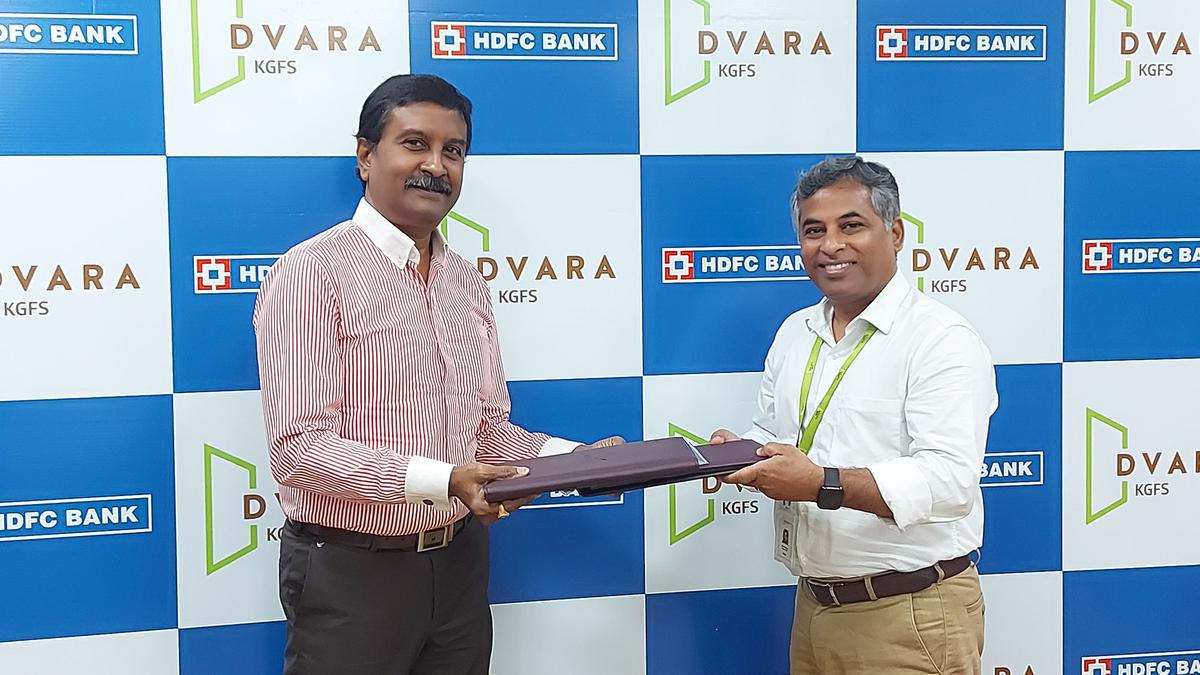
Dvara KGFS enters into pact with HDFC Bank for co-lending
The Hindu
‘Tie-up to enhance capabilities in empowering micro businesses operating in rural areas’
Dvara KGFS has entered into a co-lending partnership with HDFC Bank to provide business capital to micro business units operating primarily in rural areas and the unorganised sector across 10 States.
Dvara KGFS unveiled the enterprise loans vertical in 2020 with focus on three primary value chains – grocery, dairy and agriculture, the city-based NBFC said in a statement.
“This engagement will enhance our capabilities in empowering micro businesses operating in rural areas,” said Dvara KGFS MD & CEO L.V.L.N. Murty.
To date, the company said it had “assisted numerous beneficiaries with working capital and business growth loans, improving their livelihood generation capabilities and facilitating their inclusion in the Indian economy.”













